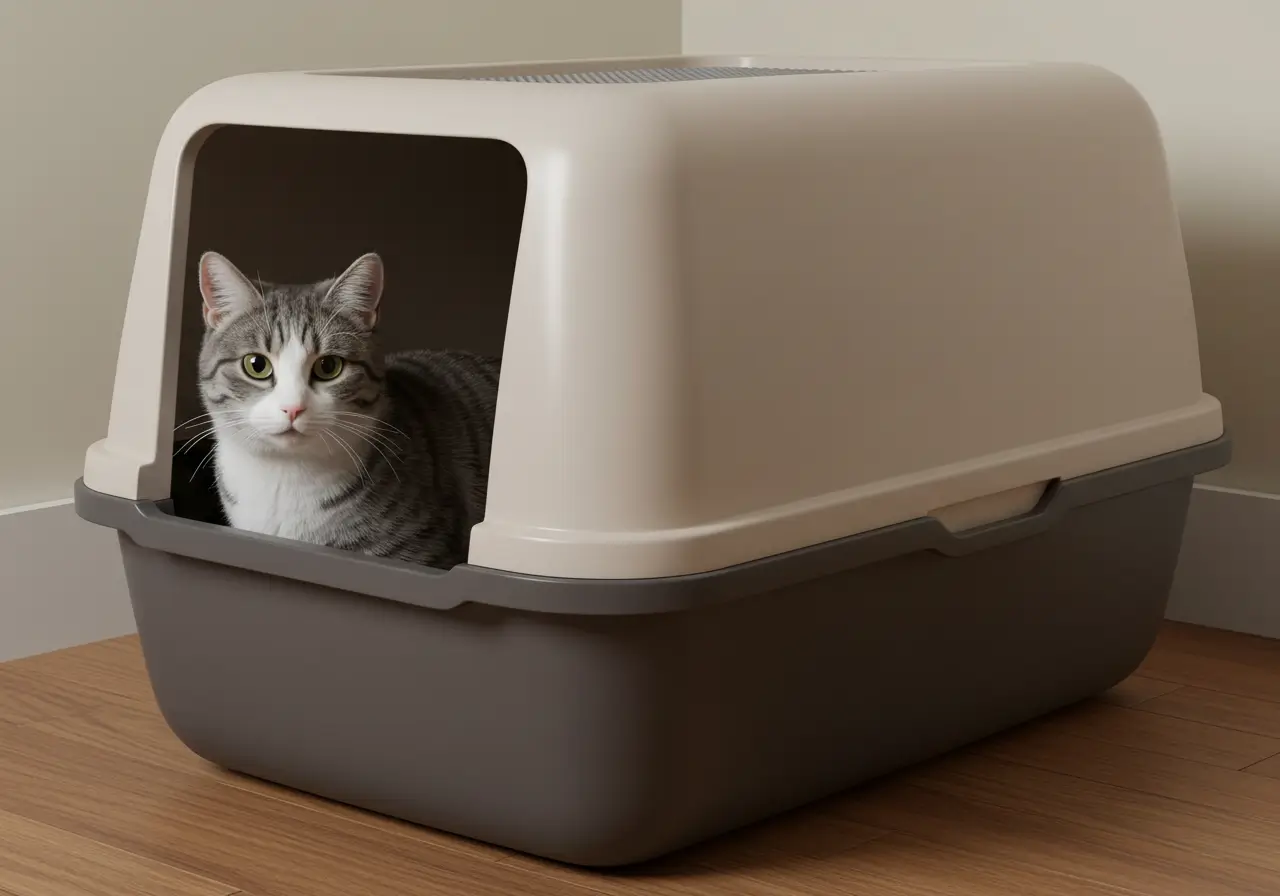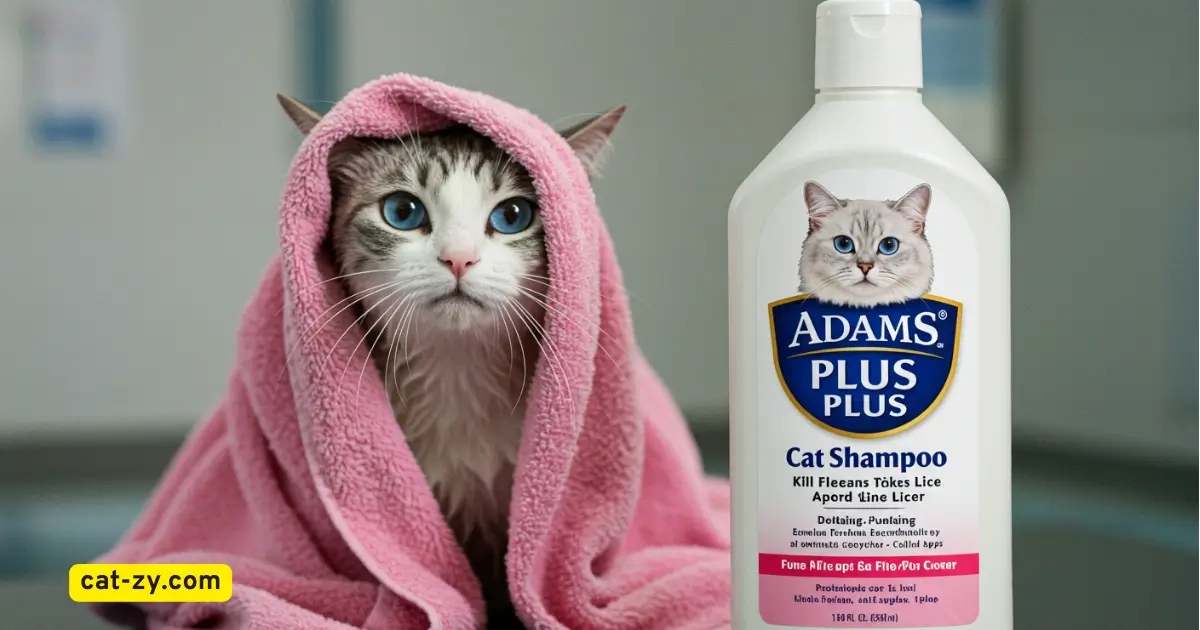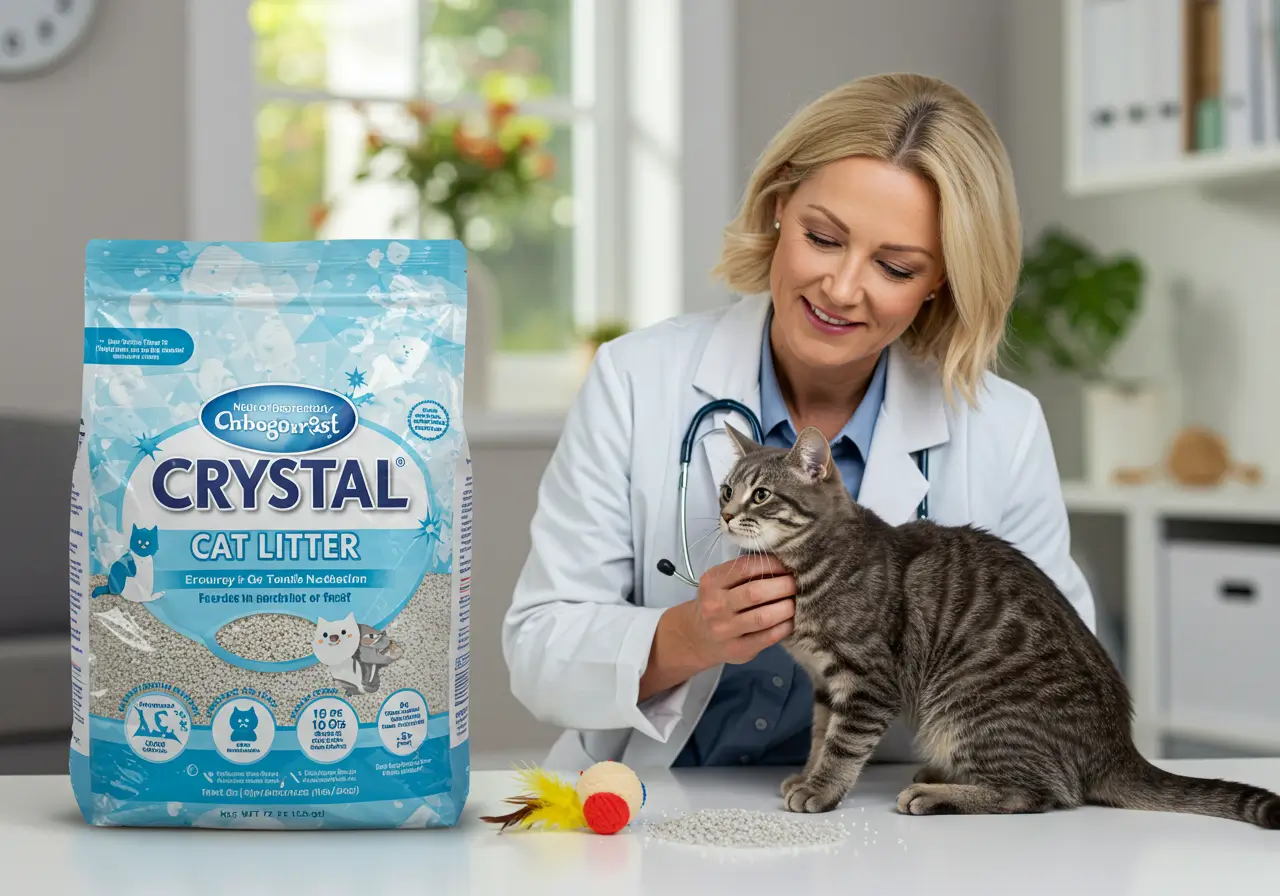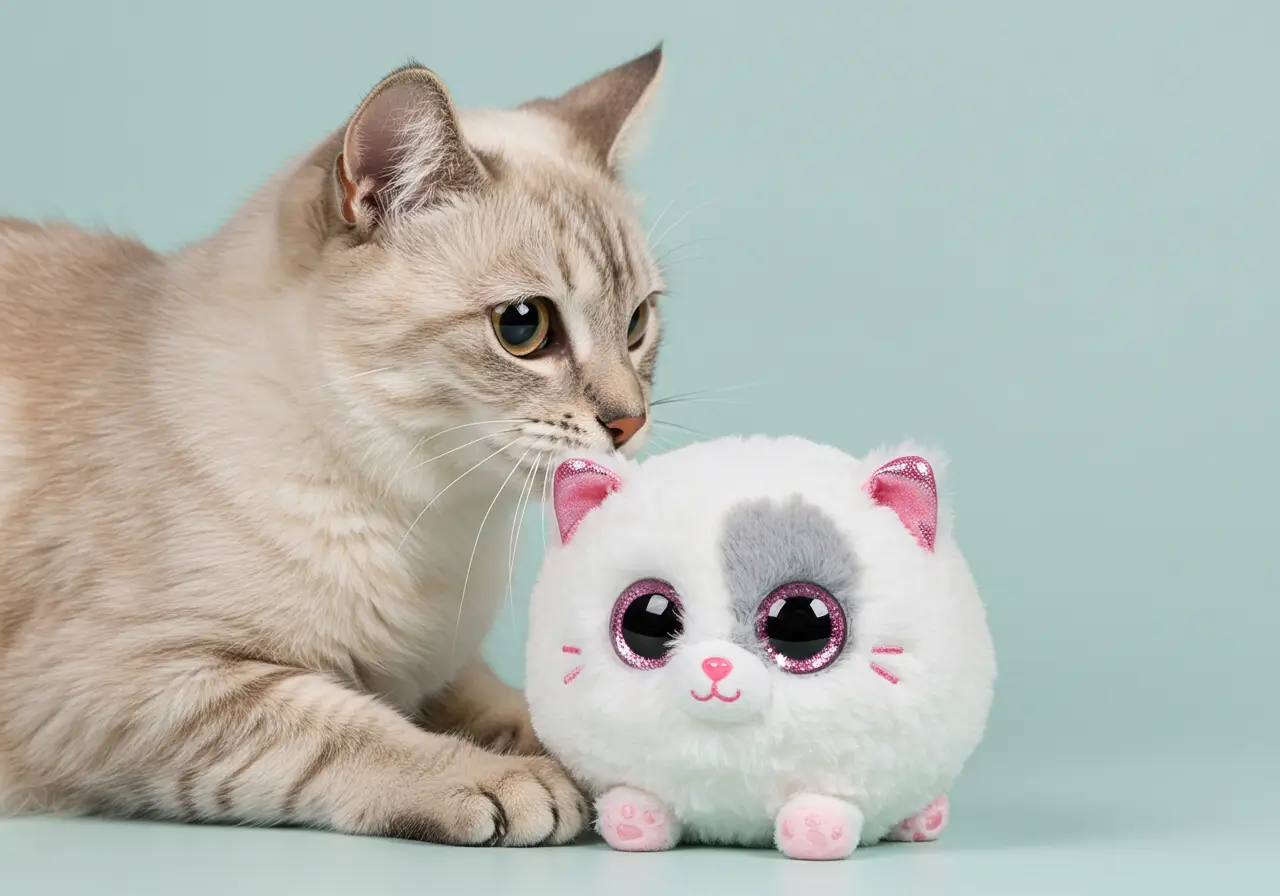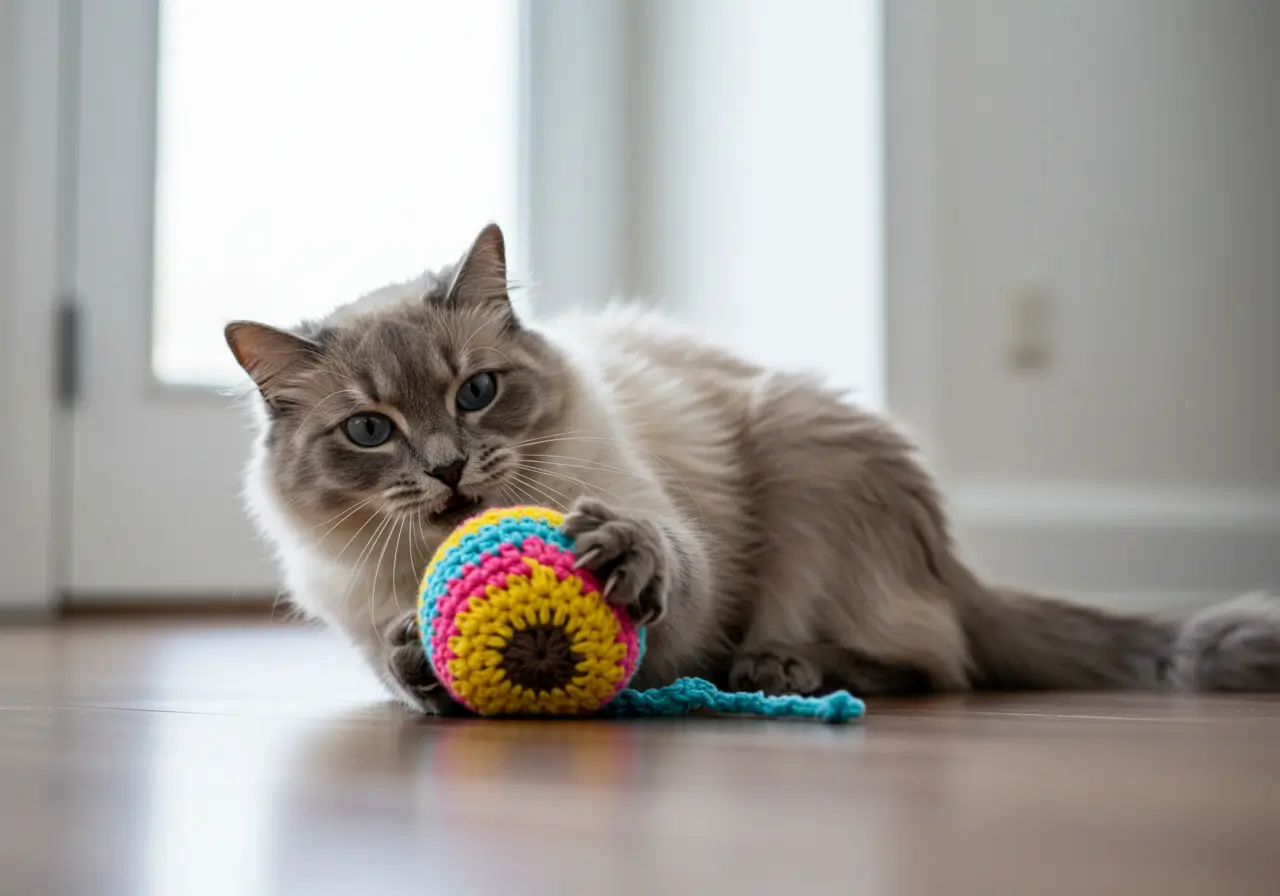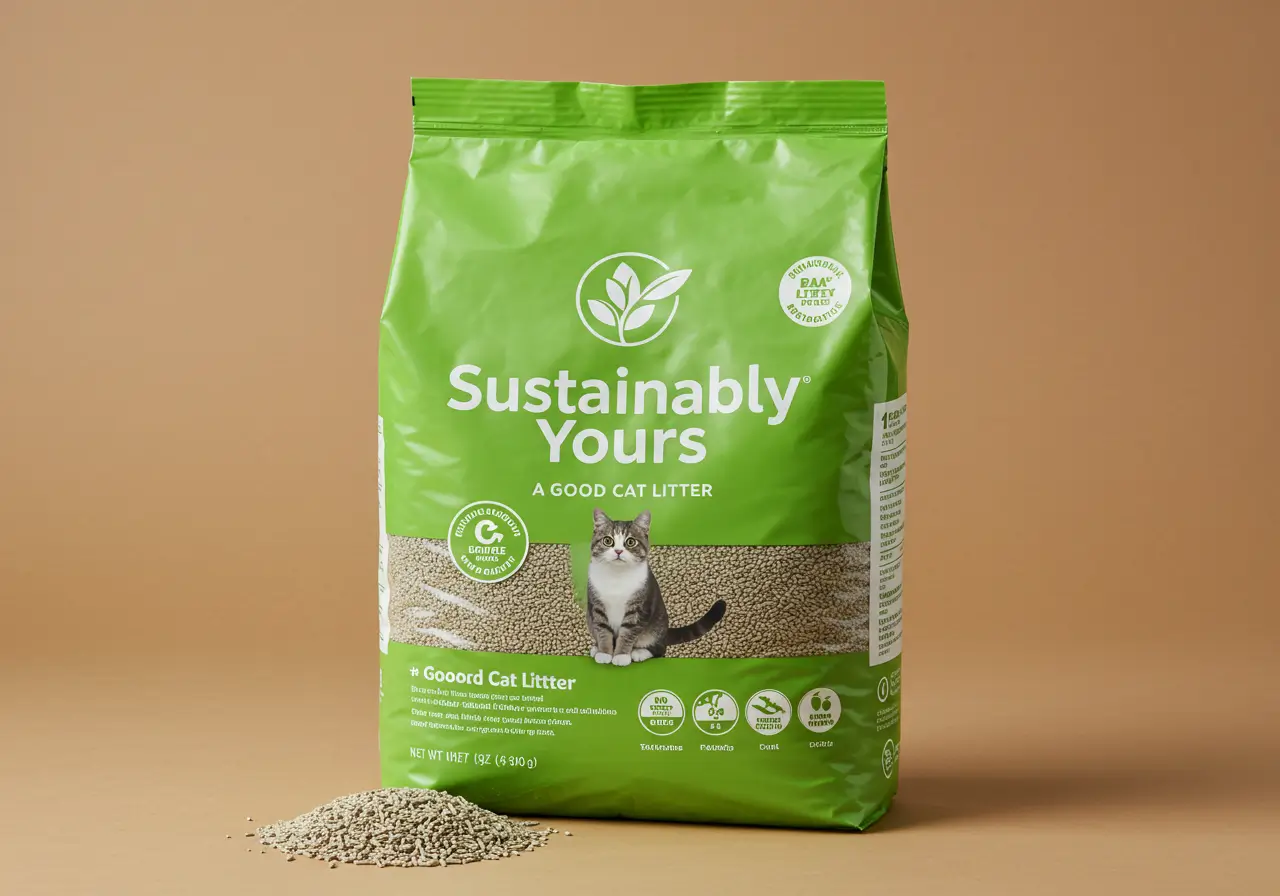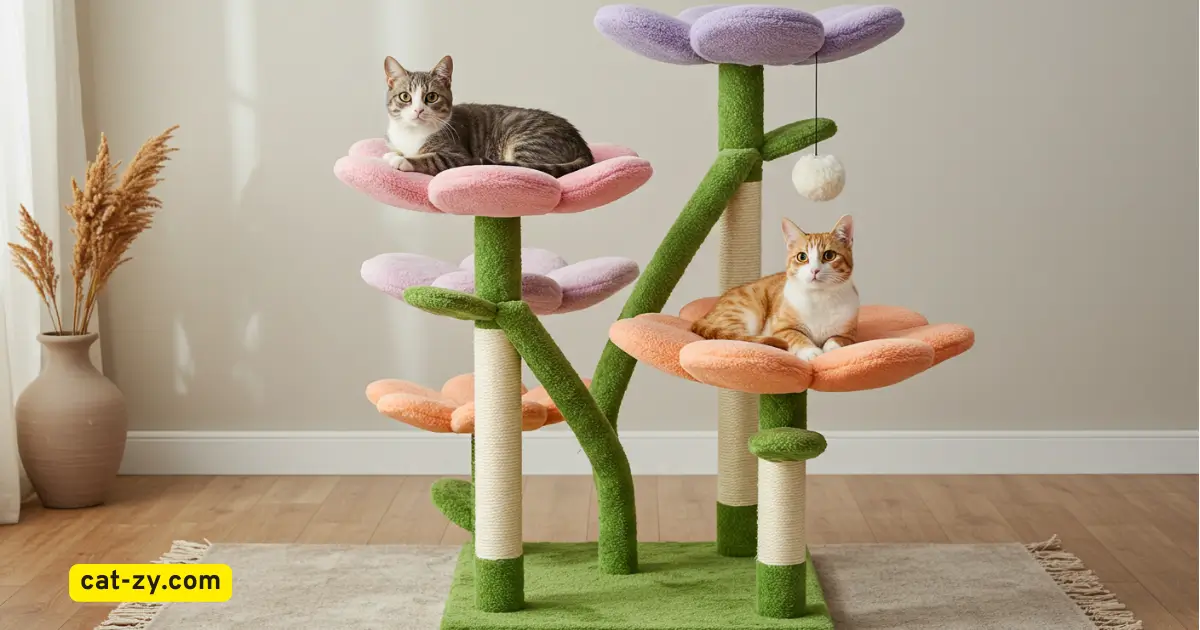Large Litter Box: 70% of Cats Absolutely Prefer It
Did you know that the average indoor cat visits their litter box 2-5 times per day, making it one of the most frequently used items in your home? Yet despite this heavy usage, studies show that nearly 40% of cats develop litter box aversion at some point in their lives. Could the size of your cat’s litter box be the hidden culprit? Research increasingly suggests that many cats do indeed prefer a large litter box, but the answer isn’t quite as straightforward as it might seem. As a cat parent, understanding your feline’s bathroom preferences is crucial not just for their happiness, but for maintaining a harmonious household free of unwanted “surprises” outside the box.
Table of Contents
Understanding Feline Litter Box Preferences
Cats are descendants of desert-dwelling ancestors who naturally preferred to eliminate in loose, sandy substrates where they could dig, bury, and cover their waste. This instinctual behavior persists in our domestic companions today. Unlike humans who simply need a functional toilet, cats have complex preferences influenced by their innate behaviors, personal comfort, and psychological needs.
A cat’s relationship with their litter box goes beyond mere necessity—it’s deeply connected to their sense of security and territorial behavior. When a cat feels uncomfortable with their litter box, whether due to size constraints, location, or other factors, they may seek alternatives that create frustration for even the most devoted cat owners.
The Size Factor: Do Cats Really Prefer Large Litter Boxes?
The conventional wisdom that “bigger is better” generally holds true when it comes to litter boxes. According to feline behavior experts, the ideal litter box should be at least 1.5 times the length of your cat from nose to tail base. For the average adult cat measuring 18 inches, this translates to a box that’s approximately 27 inches long—significantly larger than many commercial options.
Dr. Sarah Ellis, feline behavior specialist, explains: “Cats need sufficient space to assume their natural elimination posture, which involves squatting with legs slightly apart, and to perform natural digging behaviors before and after elimination. A cramped litter box constrains these behaviors and creates discomfort.”
Research by the Ohio State University College of Veterinary Medicine found that when given a choice between standard-sized and oversized litter boxes, 70% of cats consistently chose the larger option. This preference was even more pronounced in larger breeds like Maine Coons and Norwegian Forest Cats.
The Psychology Behind the Preference
Understanding why cats prefer large litter boxes requires insight into feline psychology:
- Security and Vulnerability: Elimination is a vulnerable activity for cats. In the wild, this moment of vulnerability could expose them to predators. A larger box allows cats to maintain awareness of their surroundings and provides multiple escape routes, reducing anxiety.
- Territorial Comfort: Cats are territorial creatures. A spacious litter box is perceived as valuable territory, enhancing their sense of ownership and security.
- Physical Comfort: Larger boxes allow cats to turn around comfortably, dig to their satisfaction, and avoid stepping in previously soiled areas—all contributing to a more positive bathroom experience.
Different Cats, Different Preferences
While the trend leans toward larger boxes, individual preferences vary:
- Senior Cats: Older cats with arthritis or mobility issues benefit enormously from larger, lower-sided boxes that accommodate their limited range of motion.
- Multi-Cat Households: In homes with multiple cats, larger boxes become even more crucial. Despite popular belief, many cats actually share litter boxes, and a larger space helps minimize territorial conflicts.
- Kittens and Small Breeds: Even smaller cats appreciate spacious accommodations, though they may need boxes with lower entry points.
Expert Advice on Litter Box Selection
Veterinary behaviorist Dr. Lisa Radosta recommends the “plus one” rule: “Always have one more litter box than the number of cats in your household.” This, combined with properly sized boxes, dramatically reduces elimination issues.
Jackson Galaxy, cat behaviorist and star of “My Cat From Hell,” advocates for what he calls “litter box real estate”—providing cats with more space than they seem to need. “When it comes to litter boxes, think luxury bathroom, not phone booth,” he advises.
The Cornell Feline Health Center supports these recommendations, noting that inadequate litter box size ranks among the top five causes of inappropriate elimination—a leading reason cats are surrendered to shelters.
Data from a 2023 survey of 1,200 cat owners revealed that households that switched from standard to large litter boxes reported a 65% decrease in inappropriate elimination incidents within the first month.
Common Mistakes to Avoid
Avoiding these common litter box mistakes can significantly improve your cat’s bathroom experience:
1. Choosing Based on Human Preferences, Not Feline Needs
Many cat owners select litter boxes that are aesthetically pleasing or fit neatly into their décor. While concerns about household appearance are valid, prioritizing human preferences over feline comfort often backfires.
Covered litter boxes, for instance, might contain odors for human benefit but can trap smells inside for cats, whose sense of smell is 14 times stronger than ours. Similarly, boxes tucked into tight spaces might seem discreet but can make cats feel trapped.
2. Underestimating Space Requirements
The average commercial litter box measures approximately 18″ x 14″—adequate for kittens but insufficient for adult cats. Many cat parents don’t realize their cat has outgrown their kitten-sized box.
Dr. Tony Buffington, veterinary researcher specializing in feline stress-related diseases, notes: “We wouldn’t expect a human adult to use a child’s training toilet, yet we often expect our cats to use boxes they’ve physically outgrown.”
3. Ignoring Cleanliness Factors
A larger litter box typically requires less frequent complete changes, but still needs regular scooping. The misconception that bigger boxes require less maintenance can lead to cleanliness issues that repel fastidious felines.
4. Overlooking Location Preferences
Even the largest, cleanest litter box will go unused if placed in a location that makes your cat uncomfortable. High-traffic areas, noisy appliances, and food proximity all constitute poor placement.
Recommended Large Litter Box Solutions
When selecting a large litter box for your feline friend, consider these options:
Commercial Large-Size Options
Several manufacturers now offer jumbo-sized litter boxes specifically designed with cat preferences in mind:
- The NVR Miss: Measuring 30″ x 16″, this extra-large box accommodates even the largest domestic cats and provides ample room for digging and turning.
- Petmate Giant Litter Pan: With high sides but a lowered entry point, this 35″ x 18″ option balances accessibility with mess containment.
- Magic Clean Litter Box: Features an impressive 40″ x 22″ surface area with antimicrobial protection to reduce odors.
DIY Alternatives
For budget-conscious cat parents or those with particularly large cats, DIY solutions often provide the most space:
- Storage Containers: Large plastic storage bins (without the lid) offer substantially more space than commercial boxes at a fraction of the cost. Select containers at least 30″ x 18″ with sides high enough to contain litter scatter.
- Cement Mixing Trays: Available at hardware stores, these durable trays measure approximately 36″ x 24″ and feature sloped sides for easy entry.
- Under-Bed Storage Containers: These wide, shallow containers offer exceptional surface area while fitting into tight spaces.
Features Worth Considering
Beyond size, look for these beneficial features:
- High Backs/Sides with Low Entry: This configuration contains scatter while remaining accessible.
- Smooth, Non-Porous Surfaces: These prevent odor absorption and facilitate easier cleaning.
- Reinforced Bottom: Prevents flexing when carried, which can lead to cracking over time.
Conclusion
When it comes to litter boxes, size matters significantly to most cats. A large litter box accommodates natural behaviors, provides psychological comfort, and often prevents common elimination problems. By understanding your cat’s innate preferences and providing appropriate “bathroom facilities,” you’re not just preventing household accidents—you’re enhancing your cat’s overall wellbeing and strengthening the bond you share with your feline companion. Remember that individual preferences vary, so observe your cat’s behavior and adjust accordingly to find their perfect setup.
Ready to upgrade your cat’s bathroom experience? Consider measuring your cat from nose to base of tail and selecting a box that’s at least 1.5 times that length. Your cat—and your carpets—will thank you!
FAQs
How do I know if my cat’s litter box is too small?
Signs include perching with paws on the edge while eliminating, eliminating with part of their body outside the box, or avoiding the box entirely. Cats who seem to “miss” the box by eliminating just outside the rim are often communicating that they need more space.
Can a litter box be too big?
Rarely. While kittens might seem overwhelmed in an enormous box, they typically adjust quickly and appreciate the extra space. The only practical limitation is finding space in your home to accommodate a larger box.
How many litter boxes should I have for multiple cats?
A good guideline is to have one litter box for each cat, plus an additional one. However, if using extra-large boxes, you might be able to reduce this slightly in homes where cats have demonstrated comfort sharing facilities.
Should senior cats have different litter box setups?
Yes. Senior cats benefit from larger boxes with lower entry points to accommodate arthritis and reduced mobility. Consider adding ramps or steps if your elderly cat struggles with entry.
Is it better to have one large litter box or multiple smaller ones?
Ideally, provide both. Multiple locations address territorial needs and provide options if one location becomes inaccessible or undesirable. At least one box should be oversized to accommodate natural movement and digging behaviors.
How often should I completely replace the litter in a large box?
Even with regular scooping, completely change the litter and wash the box with mild soap and water every 2-3 weeks. Large boxes may accumulate waste in corners or along edges that isn’t removed by regular scooping.

